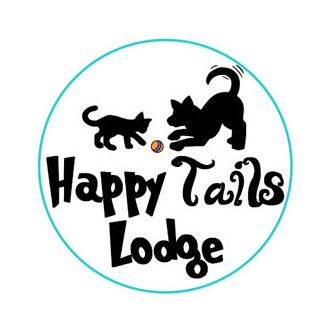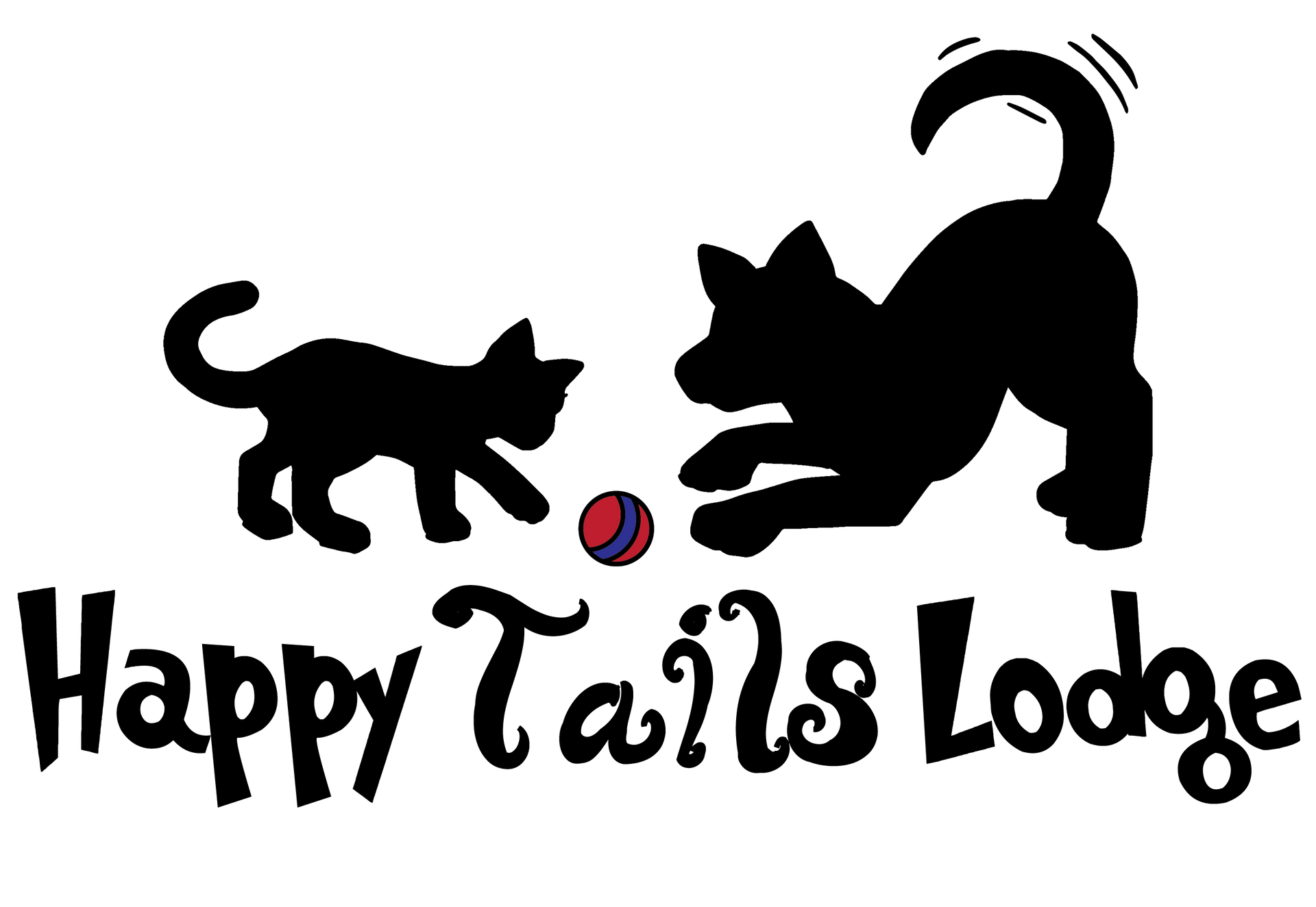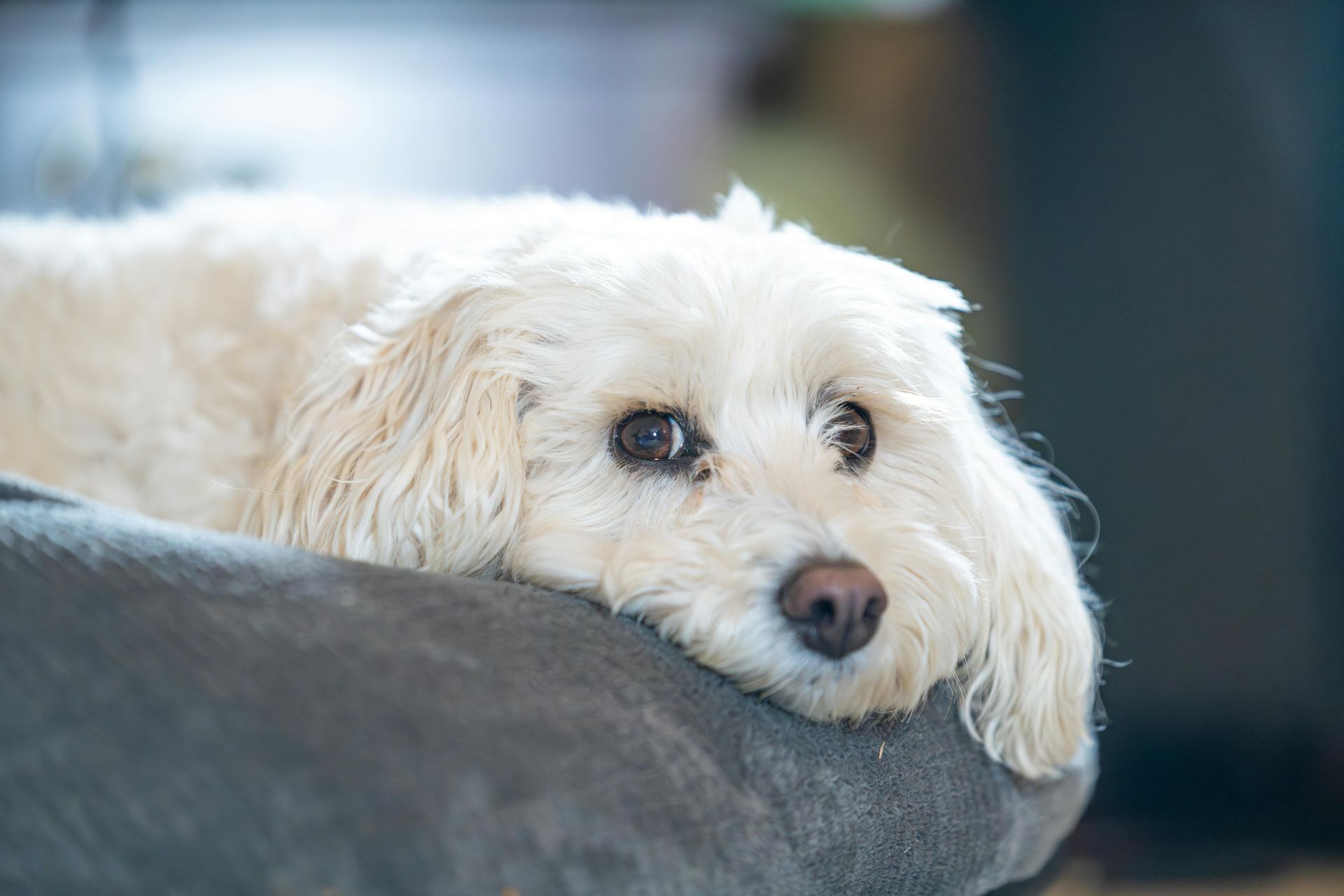AN INSIDER’S GUIDE TO FINDING SUPERIOR DOG FOOD BRANDS
AN INSIDER’S GUIDE TO FINDING SUPERIOR DOG FOOD BRANDS
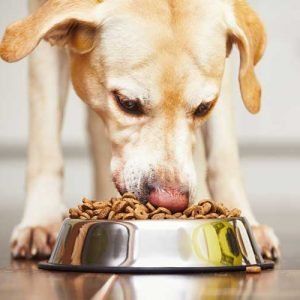
These days, there are lots of dog foods on the market. So, finding a good one can be overwhelming. After all, on The Dog Food Advisor website alone, there are now:
- Over 950 dog food reviews
- Hundreds of product lines
- More than 4,100 recipes
So, how can you find a good brand? Here are 9 tips to help you find a superior food for your dog.
Tip #1: Check the Label
Pet food labels are loaded with lots of valuable information. Yet they can also be difficult to read. So, save yourself a lot of time and effort and favor dog food brands that include multiple product lines with higher ratings.
That’s because lower rated recipes are more likely to contain:
- Less meat
- More by-products
- Controversial preservatives
- Anonymous meat ingredients
Tip #2: Consider the Company
Many dog owners tend to distrust larger pet food companies. They mistakenly believe smaller brands are more likely to make better and safer products. However, the facts tell a different story.
Consider this: 93% of all pet foods sold in the U.S. are produced by just 3 companies — Big Heart, Mars and Purina.1 Yet 73 of the 88 recall events documented on this website during a recent 5-year period2 are linked to products of smaller brands.3
In other words…
Even though smaller companies account for just 7% of the pet food and treats sold — they’re responsible for an eye-popping 83% of the recalls.
In addition, after conducting hundreds of interviews, it’s become apparent that…
A significant number of dog foods are not likely to meet the claims of nutritional adequacy printed on their labels.
That’s because many smaller companies have willingly admitted to us that they make no effort to verify the nutrient content or the safety of the foods they sell.
And there’s no law requiring any pet food company to do so, either.
The truth is, the smaller the brand, the less likely the company has the financial ability to perform all the steps needed to ensure the quality of its products.
So, although there are always exceptions, it’s important to keep in mind that larger companies are far more likely to:
- Employ real food scientists, animal nutritionists and other veterinary professionals to design their products
- Test raw materials for impurities and nutrient content
- Conduct regular safety and quality control procedures
- Own and operate their own manufacturing facilities
- Verify finished goods before they are shipped
- Maintain in-house testing laboratories
So, what should you do? Are dog foods made by larger companies better?
No, larger companies may or may not be better. However…
The smaller the dog food brand, the more critical it is for you to look beyond its label.
Tip #3: Identify the Manufacturer
Most dog owners assume their pet food company actually makes the products they sell. However, today, many companies use third-party co-packers to manufacture some — or all — of their foods. Yet others make their own. In any case, whether or not a company makes its own dog food is neither good or bad. What’s more important is to know the identity of the manufacturer of any brand you feed your pet. Otherwise you’ll never be able to track its recall history or judge the safety of its products.
Tip #4: Question Product Design
What may surprise you is that there’s no legal requirement that a pet food be formulated by an animal nutritionist or any other veterinary professional. In fact, over the years, we’ve uncovered a shocking number of dog foods that have been designed by amateurs.
So, to ensure the nutritional health of your pet, you should contact each brand you’re considering and determine who actually designs its products.
By the way, just knowing who formulates a product is not enough. You’ll also want to know what qualifies that person to do so.
Tip #5: Confirm Nutrient Testing
It’s also important to know how the company can be certain each formulation is nutritionally complete and balanced. And how often nutritional content testing is actually performed. Does the company conduct laboratory analysis? Or do they run feeding trials? Surprisingly, we have found many (mostly smaller) companies that never do any testing at all. That’s why it’s so important to find out what a company does to test each product to be sure it actually meets AAFCO nutritional guidelines.
Tip #6: Investigate Ingredient Sources
No dog food can ever be magically better than the ingredients that were used to make it. Yet labels reveal little about the quality of the raw materials actually used to make the food. Some ingredients are purchased from commodity brokers on the open market — from the cheapest bidder. Others can come from countries known to have inferior food quality standards. However, superior companies tend to source their ingredients only from established local or regional suppliers they do business with on a recurring basis.
What’s more, Federal law does not currently require any pet food company to disclose country of origin — or any other sourcing information — on its label. That’s why it’s so important to know the source of all ingredients that are used to make any dog food you buy. Avoid brands that will not share this information with you.
By the way, imported ingredients aren’t necessarily bad. In fact, many can be of exceptional quality. For example, some vitamin and mineral supplements are pharmaceutical grade and can actually be superior to those sourced from the U.S. or Canada.
Tip #7: Demand Transparency
Some pet food companies work hard to conceal critical information about their products. For example, we’ve actually stumbled upon a number of companies that attempt to create an artificial sense of customer support by using voice mail to take messages. Yet no one ever returns the calls. Some brands don’t even maintain a product website.
And others resist being questioned by independent websites like The Dog Food Advisor.
These companies make it difficult (or impossible) for us to get important answers — while blaming their own unwillingness to cooperate on the fact we are not veterinarians.
Think about it. Are there any questions presented in this article that would require the knowledge of a veterinarian to answer?
Obviously, hostile or defensive companies like these are the ones that most likely have something to hide — and should not be trusted.
For all these reasons…
Never buy any dog food made by any company that is not transparent about its products or its manufacturing practices.
After all, you have a right to know.
Tip #8: Verify Quality Control
At the time of purchase, all pet foods are at risk for containing:
- Disease-causing pathogens (Salmonella, Listeria)
- Mold toxins (aflatoxin, vomitoxin)
- Environmental pollutants
- Unsafe nutrient levels
And although many pathogens can be killed (pasteurized) during cooking, deadly toxins can remain in the food throughout the manufacturing process.
What’s worse, re-contamination can occur anytime living germs from uncooked food accidentally come in contact with a finished food product. That’s why you must never buy a pet food from any company that ships finished goods before obtaining negative test results for any form of contamination.
Some companies are more diligent about this safety measure than others. A few test every batch while others test only randomly. And yet some never test anything at all. In any case, even for us, it can be extremely difficult to determine just how carefully any brand administers its own quality control program.
Tip #9: Study the Recall History
Dog food recalls can provide some valuable clues about a brand’s manufacturing habits. Pet owners tend to misunderstand and overreact to dog food recalls. And they’re inclined to overvalue the real significance of these events whenever they occur. They forget that when it comes to any process involving human beings, errors are inevitable. Accidents are going to happen.
And that’s what makes dog food recalls so unpredictable. In fact, trying to forecast any pet (or human) food recall has proved to be impossible. Just the same, even though no pet food company can completely prevent a recall, it can control how it responds to such an event when it does occur.
Unfortunately, while some companies work hard to prevent a recall, others work even harder at covering them up. For example, some misguided brands have been known to conduct silent recalls — informing only their distributors about an event. And not the public.
Or they withhold the news about a recall and only release that information at the very end of the business week — just so they won’t have to deal with consumer questions.
Avoid buying dog food made by any brand that makes any attempt to hide recall events from the public when they occur.
Remember, most recalls typically involve only a limited number of product runs and batches. Just because a particular recipe has been recalled doesn’t mean the entire brand is defective.
So, please don’t make the same mistake made by so many other well-meaning pet owners. Don’t overreact and exclude a quality food just because of a few isolated events.
In the end, your dog could be missing out on some of the very best canine diets out there.
The Bottom Line
Of course, no system can possibly guarantee your dog’s food will never be recalled — or that your pet will approve of your choice.
However, any time you find a product that meets the majority of these guidelines, you can feel confident you’re likely to have found a superior dog food brand.
(Source: The Dog Food Advisor)
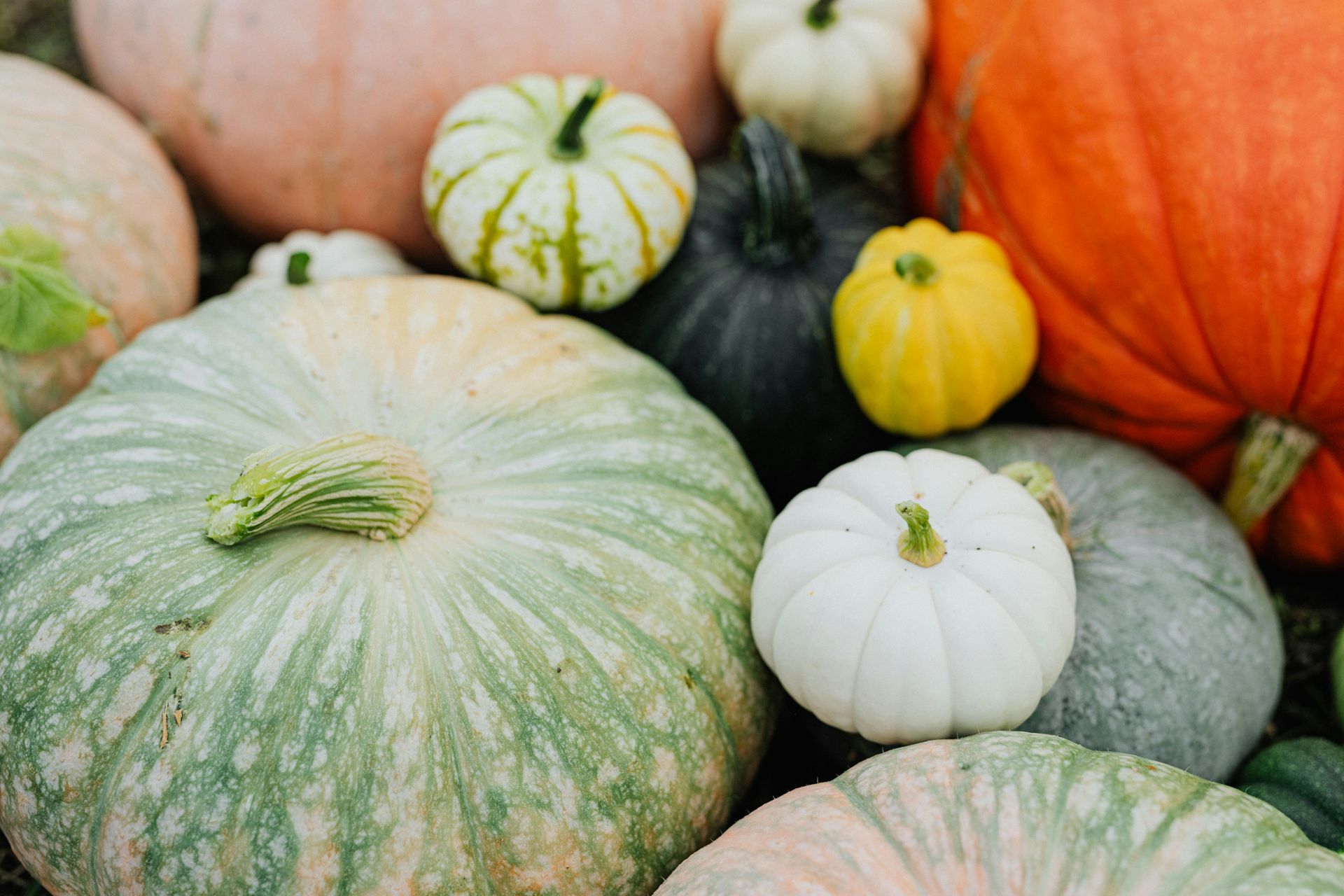
As the leaves change and the air turns crisp, it's the perfect time to cozy up with your canine companion and celebrate the flavors of fall! What better way to show your love than with some homemade, wholesome treats? Not only are these recipes easy to make, but they're also packed with seasonal ingredients that are safe and delicious for your furry friend. Plus, we've got some fantastic ideas for turning these treats into engaging enrichment activities using popular toys like Kongs and West Paw Toppls. Why Homemade is Best! Making your own dog treats allows you to control the ingredients, ensuring there are no artificial preservatives, colors, or unnecessary fillers. It's a wonderful way to tailor snacks to your dog's specific dietary needs or allergies. Fall-Inspired Treat Recipes Your Dog Will Adore! 1. Pumpkin Patch Bites Pumpkin is a fall superstar for dogs! It's rich in fiber, which aids digestion, and packed with vitamins. Ingredients: 1 cup canned pumpkin puree (make sure it's 100% pumpkin, not pie filling!) 1/2 cup unsweetened applesauce 2 eggs 2 cups whole wheat flour (or oat flour for a grain-free option) 1/2 teaspoon cinnamon (optional, in moderation) Instructions: Preheat your oven to 350°F (175°C). In a large bowl, mix the pumpkin puree, applesauce, and eggs until well combined. Gradually add the flour and cinnamon (if using), mixing until a thick dough forms. Roll out the dough on a lightly floured surface to about 1/4 inch thickness. Use a cookie cutter (fall shapes like leaves or pumpkins are fun!) to cut out treats. Place on a baking sheet lined with parchment paper. Bake for 20-25 minutes, or until golden brown and firm. Let cool completely before serving. Store in an airtight container for up to a week, or freeze for longer storage. 2. Apple & Carrot Crunchers Apples are a great source of vitamins A and C, and carrots offer beta-carotene. Always remove apple seeds and cores, as they contain small amounts of cyanide. Ingredients: 1 large apple, cored and finely grated (peel optional) 1 large carrot, peeled and finely grated 1/4 cup unsweetened applesauce 1 egg 1 3/4 cups whole wheat flour Instructions: Preheat oven to 350°F (175°C). In a bowl, combine grated apple, carrot, applesauce, and egg. Gradually mix in the flour until a stiff dough forms. Roll out the dough and cut into desired shapes. Bake for 25-30 minutes, or until firm and lightly browned. Cool completely before serving. 3. Sweet Potato Chews Sweet potatoes are another fall favorite, rich in vitamins, fiber, and antioxidants. These are super simple and make for a great chewy treat! Ingredients: 1 large sweet potato Instructions: Preheat oven to 250°F (120°C). Wash the sweet potato thoroughly and slice it into 1/4 inch thick rounds or stick shapes. No need to peel! Place slices on a baking sheet lined with parchment paper. Bake for 3-4 hours, flipping halfway through, until they are dried out and chewy (not crispy). The longer they bake at a low temperature, the chewier and longer-lasting they'll be. Let cool completely. Store in an airtight container in the refrigerator for up to 2 weeks. Fall Enrichment Toy Filling Ideas! Now that you've got some delicious homemade treats, let's talk about how to make them last longer and provide mental stimulation with enrichment toys! For Kongs (Classic & Extreme) Kongs are fantastic for stuffing because their unique shape makes it challenging for dogs to get all the goodies out. Pumpkin Powerhouse: Mix 1/2 cup canned pumpkin puree with a tablespoon of plain, unsweetened yogurt (dairy-free if preferred) and a sprinkle of crumbled Pumpkin Patch Bites. Freeze for extra challenge! Apple-Carrot Mash-Up: Combine finely mashed Apple & Carrot Crunchers with a spoonful of wet dog food or peanut butter (xylitol-free!). Sweet Potato Delight: Mash up some of your homemade Sweet Potato Chews with a bit of bone broth or a lick of cream cheese (in moderation). Layered Goodness: Start with a layer of peanut butter at the bottom, add some mashed banana mixed with crumbled treats, and top with a dollop of pumpkin puree. Freeze to extend the fun! For West Paw Toppls (Small & Large) Toppls are open-ended, making them great for softer, wider fillings and for dogs who might get frustrated with deep-cavity toys. They can also be connected for a bigger challenge! Toppl Trail Mix: Fill the bottom with a spread of pumpkin puree, then layer in small pieces of your Apple & Carrot Crunchers, some plain dog kibble, and a few small pieces of Sweet Potato Chews. Harvest Hash: Mix together cottage cheese (lactose-free if needed), a spoonful of canned pumpkin, and finely chopped cooked green beans. Freeze for a healthy, long-lasting treat. Broth-sicle Toppl: Stand the Toppl upright (you might need a small cup to stabilize it), fill it with a mix of dog-safe bone broth, a few small pieces of chicken or turkey, and a sprinkle of crumbled treats. Freeze until solid. "Deconstructed" Pie: Spread a layer of unsweetened applesauce, then add crumbles of Pumpkin Patch Bites, and top with a thin smear of cream cheese or plain Greek yogurt. Safety First! Always check ingredients: Before using any human food, ensure it is safe for dogs. Avoid grapes, raisins, chocolate, avocado, onions, garlic, and anything sweetened with xylitol. Introduce new foods slowly: Start with small amounts to monitor for any digestive upset. Portion control: Treats should only make up a small portion of your dog's daily caloric intake. Supervise: Always supervise your dog when they're enjoying enrichment toys, especially with new fillings. Embrace the cozy spirit of fall with these delightful and healthy homemade dog treats and engaging enrichment toy ideas. Your furry best friend will thank you with wagging tails and happy licks!

Summer brings glorious long walks and adventures in the great outdoors. But for dog owners, there's a hidden danger lurking in tall grasses that many don't even consider: the humble grass seed. These tiny, seemingly innocuous seeds can cause a surprising amount of pain, discomfort, and even serious health problems for our canine companions. At [Your Blog Name/Your Name], we want to ensure your pup stays happy and healthy all season long. So, let's shed some light on the sneaky dangers of grass seeds and how you can protect your dog. What Makes Grass Seeds So Dangerous? Grass seeds (often called "awns") might be small, but their unique structure makes them a formidable foe. Many varieties, particularly those from wild or unkempt grasses, have sharp, pointed ends and backward-pointing barbs. This design allows them to: Easily Attach: They readily cling to fur, especially in breeds with longer or feathery coats. Burrow Deep: Once attached, their barbed nature means they can only travel in one direction – forward. They can pierce the skin and then continue to burrow deeper into your dog's body. Carry Infection: As they burrow, they can drag bacteria and dirt with them, leading to painful infections and abscesses. Migrate: Alarmingly, once under the skin, a grass seed can travel a significant distance within the body, sometimes ending up in organs like the lungs or even near the spine, causing severe complications. Where Do Grass Seeds Typically Lodge? While a grass seed can technically get almost anywhere on a dog's body, certain areas are more common entry points due to their exposure during walks and play: Paws (Especially Between the Toes): This is one of the most frequent locations. Dogs pick them up as they walk, and the seeds can easily get stuck in the fur between their paw pads, then burrow into the soft skin. You might notice your dog excessively licking, limping, or a swollen, red area between their toes, sometimes with a small "weeping" hole. Ears: Floppy-eared breeds are particularly susceptible, but any dog can get a grass seed down their ear canal. Signs include vigorous head shaking, pawing at the ear, tilting their head to one side, or rubbing their ear on the ground. If left untreated, they can cause painful ear infections or even rupture the eardrum. Eyes: A grass seed can get lodged under the eyelid or behind the third eyelid, causing extreme irritation. Symptoms include excessive tearing, redness, squinting, or pawing at the eye. If not removed promptly, they can scratch the cornea and lead to serious eye damage or infection. Nose: Dogs who sniff along the ground can inhale grass seeds. This might lead to sudden and repeated sneezing, pawing at their nose, or even a bloody discharge from one nostril. Under the Skin (Anywhere on the Body): Seeds can also embed themselves in the armpits, groin, or any other area of the coat, creating a painful lump or abscess that your dog constantly licks or chews. What to Do If You Suspect a Grass Seed Problem: Act quickly! The sooner a grass seed is identified and removed, the less likely it is to cause severe problems. Inspect Thoroughly After Every Walk: This is your best defense! After any walk, especially through long grass or meadows, take a few minutes to check your dog from head to tail. Paws: Carefully spread their toes and check between the pads. Ears: Look inside the ear flap and as far down the canal as you can see. Coat: Run your hands through their fur, paying extra attention to their armpits, belly, and around their tail. Eyes and Nose: Gently check these areas for any foreign bodies or signs of irritation. Remove Visible Seeds (Carefully): If you spot a seed that hasn't penetrated the skin, you can try to carefully pick or brush it out. Contact Your Vet IMMEDIATELY If You Suspect a Seed Has Embedded: If your dog shows any of the symptoms mentioned above, or if you find a seed that has started to burrow into the skin, do not delay. Grass seeds rarely resolve on their own, and the longer they are left, the deeper they can travel and the more damage they can cause. Your vet may need to sedate your dog to properly examine the affected area and remove the seed, especially if it's in a painful or delicate spot. Prevention is Key! Avoid Long Grass: Whenever possible, steer clear of areas with tall, dry grass, especially during late spring and summer when seeds are prevalent. Keep Groomed: For long-haired breeds or those with feathery paws and ears, consider trimming the fur around these areas short. This makes it harder for seeds to cling and easier for you to spot them. Consider Protective Gear: For highly susceptible dogs, specialized booties can protect their paws, and snoods can help cover their ears during walks in grassy areas. By being vigilant and understanding the risks, you can help protect your beloved dog from the hidden dangers of grass seeds and ensure a safer, happier summer for you both.
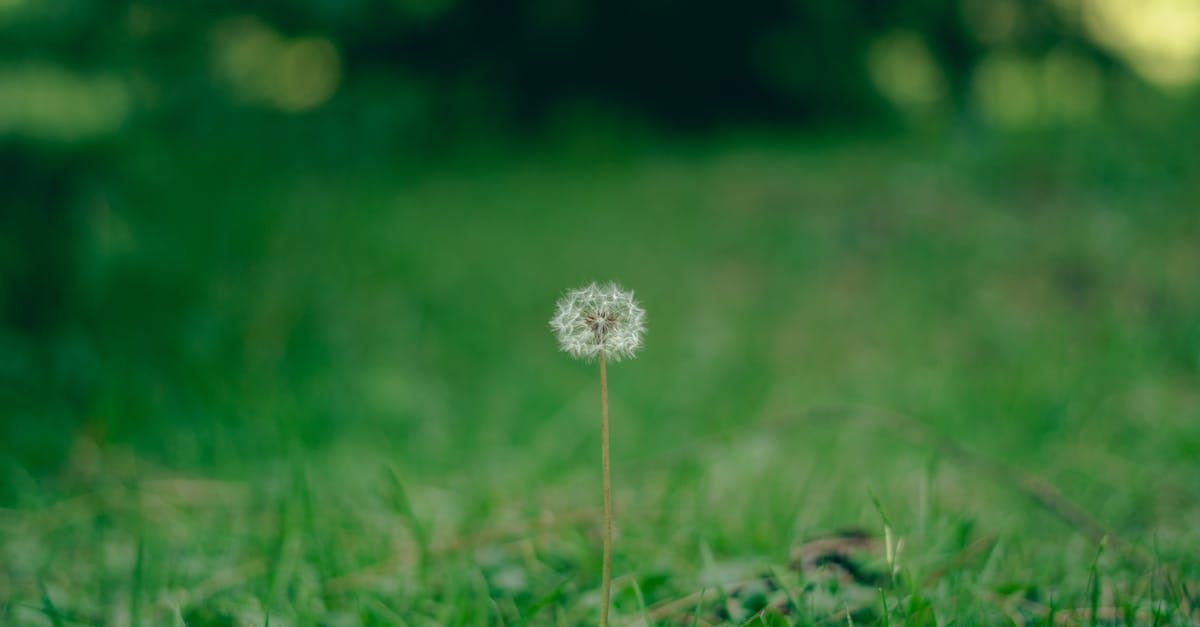
Summertime means outdoor adventures for you and your furry friend. But lurking in those tall grasses is a tiny, yet potentially dangerous threat: grass seeds. These seemingly harmless little things can cause a world of trouble for your dog if not caught and removed promptly. How Grass Seeds Can Harm Your Dog Grass seeds are designed to stick, and they do just that to your dog's fur, paws, and even ears. Once embedded, they can cause a range of problems: Skin irritation: Grass seeds can cause redness, itching, and discomfort when lodged in your dog's fur or between their toes. Infection: If a grass seed penetrates the skin, it can carry bacteria, leading to painful and swollen infections. Serious complications: In rare but severe cases, grass seeds can migrate to other parts of the body, causing internal damage. Signs to Watch For Be on the lookout for these signs that your dog may have a grass seed problem: Excessive licking or chewing of paws Head shaking or tilting Pawing at the face Redness or swelling around the eyes or ears Discharge from the eyes or ears Lethargy or loss of appetite Preventing and Removing Grass Seeds Prevention is key to keeping your dog safe from grass seeds: Avoid walking your dog in tall grass, especially during dry weather when seeds are more likely to spread. Regularly check your dog's fur, ears, and paws for any signs of grass seeds. Trim the hair around your dog's paws and ears to reduce the risk of seeds getting caught. If you find a grass seed, try to remove it carefully with tweezers. If you can't easily remove the seed or if the area is red, swollen, or painful, contact your vet immediately. When to See a Vet It's important to seek professional help if: You can't remove the grass seed yourself. Your dog is showing signs of pain or discomfort. There's evidence of infection, such as redness, swelling, or pus. You suspect the grass seed has migrated to another part of the body. By taking precautions and being aware of the risks, you can help protect your furry friend from the dangers of grass seeds and ensure they enjoy a happy and healthy summer. Do you have any other questions about grass seeds or dog care?

